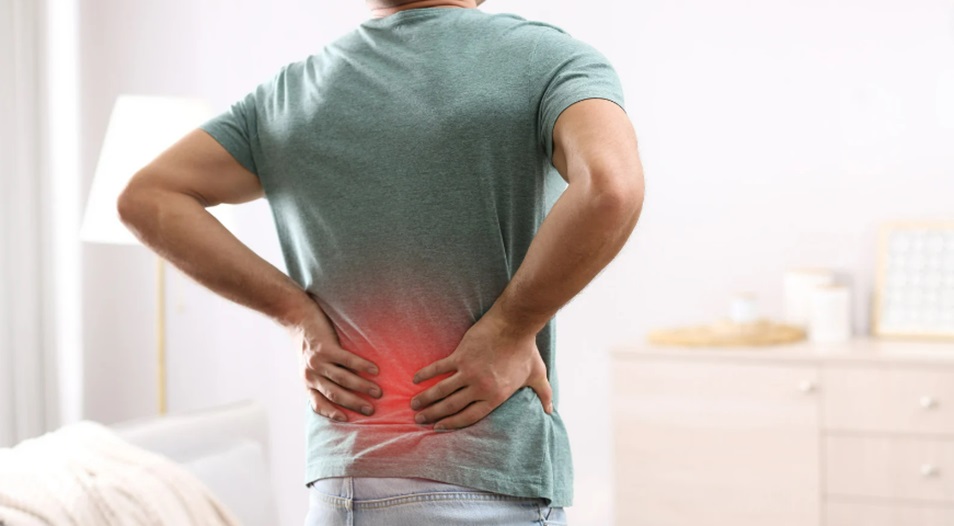Upper back pain can be an actual pain in the neck, quite literally. It can range from mild distress to severe pain that can be debilitating and can originate from various underlying causes. Identifying the source of your pain can be arduous, but understanding these five most possible causes can help you make informed decisions about your pain management.
1. Muscle Strain or Overuse
Perhaps the most common cause of upper back pain, muscle strain, and overuse can occur due to poor posture, repetitive movements, or heavy lifting. When muscles supporting the vertebrae in the thoracic spine become irritated, it can lead to inflammation and pain. Being mindful of body posture while sitting or working and staying active with the right exercises can help prevent muscle strain.
2. Herniated Discs
Discs function as cushions between the vertebrae in your spine. Over time, these cushions can degenerate and weaken, reducing their ability to absorb shock. A herniated or ruptured disc happens when the disc’s outer layer tears, allowing the gel-like core to protrude. This condition can cause severe pain when the protruding disc presses against spinal nerves. It is important to consult a skilled healthcare professional for pain management in Chicago who can recommend appropriate treatment options for this condition.
3. Osteoarthritis
A degenerative joint disease, osteoarthritis (OA), is characterized by the breakdown of cartilage in the facet joints. This breakdown renders the bones to rub together, resulting in pain and inflammation. Age, obesity, and injury all contribute to the development of OA, and it usually affects people over the age of 50.
4. Spinal Stenosis
Spinal stenosis is the narrowing of spaces within your spine, primarily in the cervical (neck) and lumbar (lower back) regions. It can put pressure on the nerves traveling through the spinal canal, causing upper back pain, as well as numbness or weakness in the arms and hands. Spinal stenosis often results from age-related wear and tear, as well as degenerative changes in the spine, such as osteoarthritis.
5. Trauma or Injury
Direct impact from accidents, falls, or sports-related injuries can lead to acute upper back pain. Trauma can cause fractured vertebrae, damage to ligaments, or injury to the muscles and tendons surrounding the spine. Early treatment and rehab are essential for reducing the risk of long-term complications, including chronic pain.
In conclusion, symptoms of upper back pain can vary depending on the root cause. If you’re experiencing persistent upper back pain, seeking professional help from a pain management specialist is essential for proper diagnosis and treatment. They will make a treatment plan based on your specific needs. With good care and management, you can alleviate your pain and improve your quality of life.

